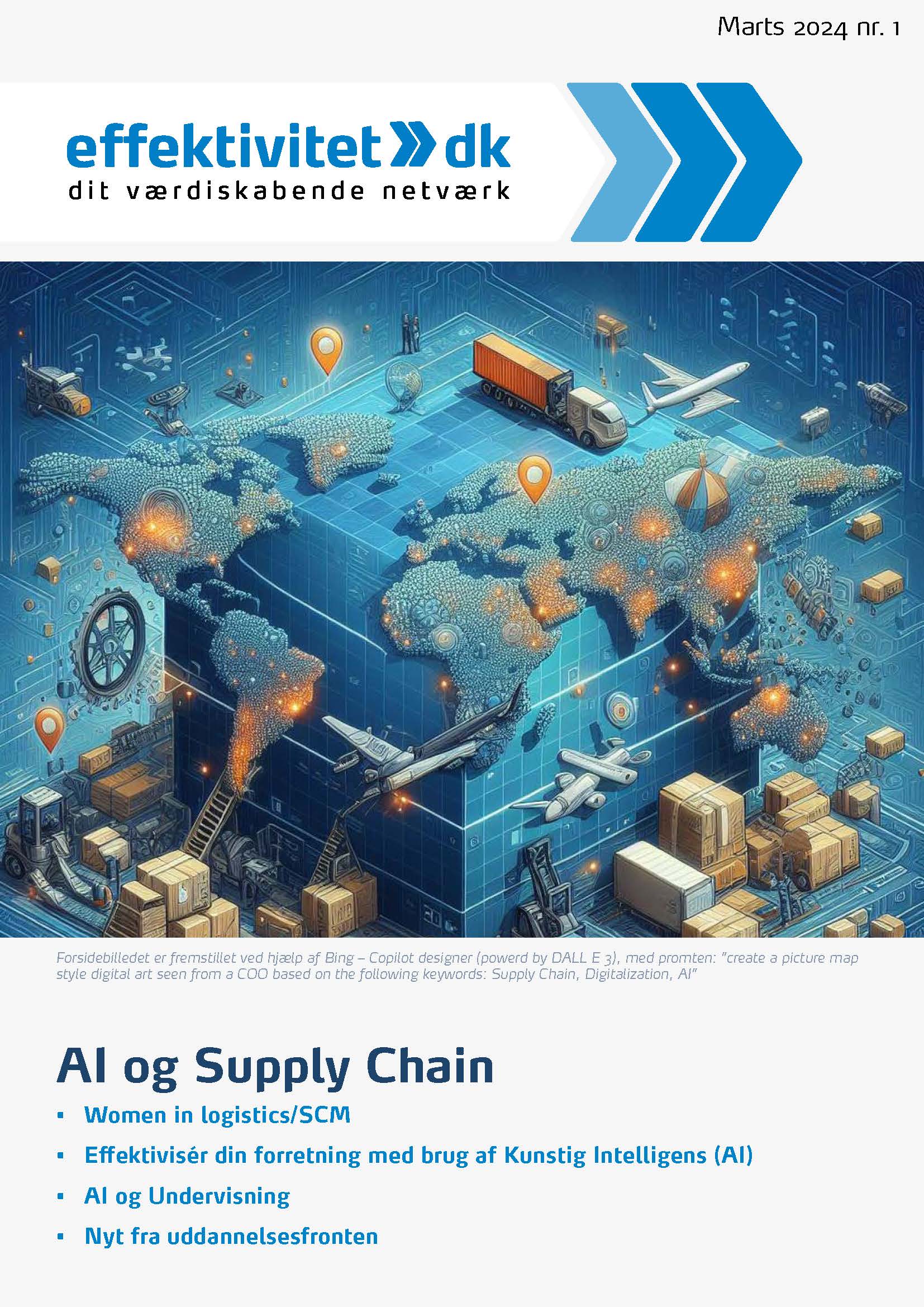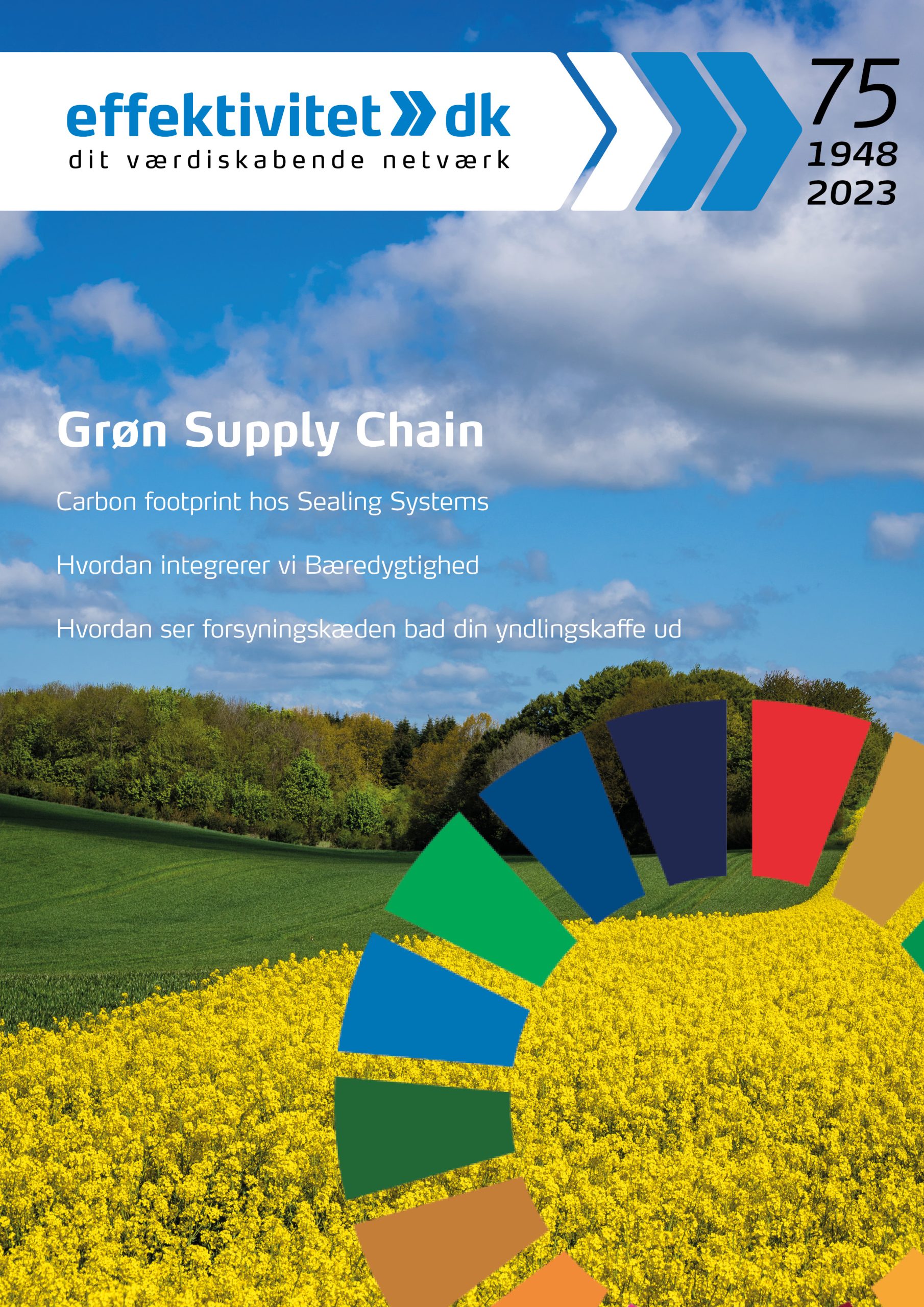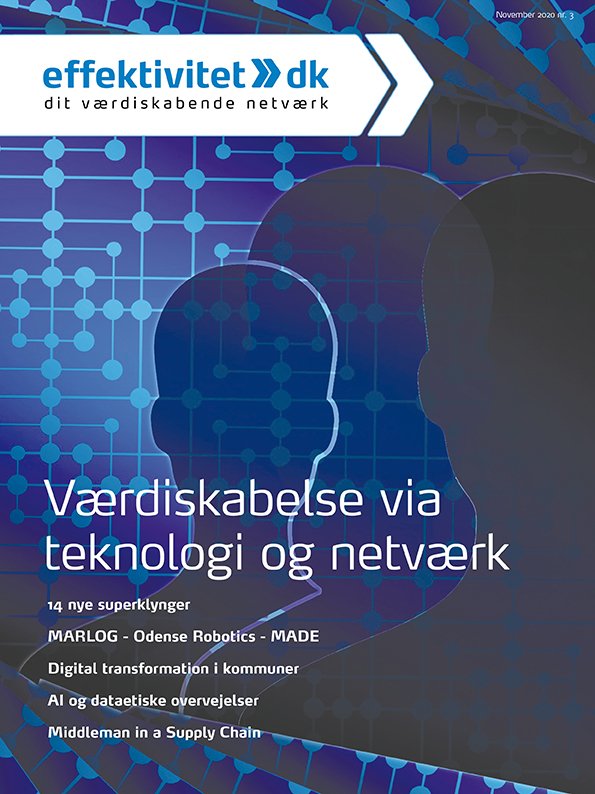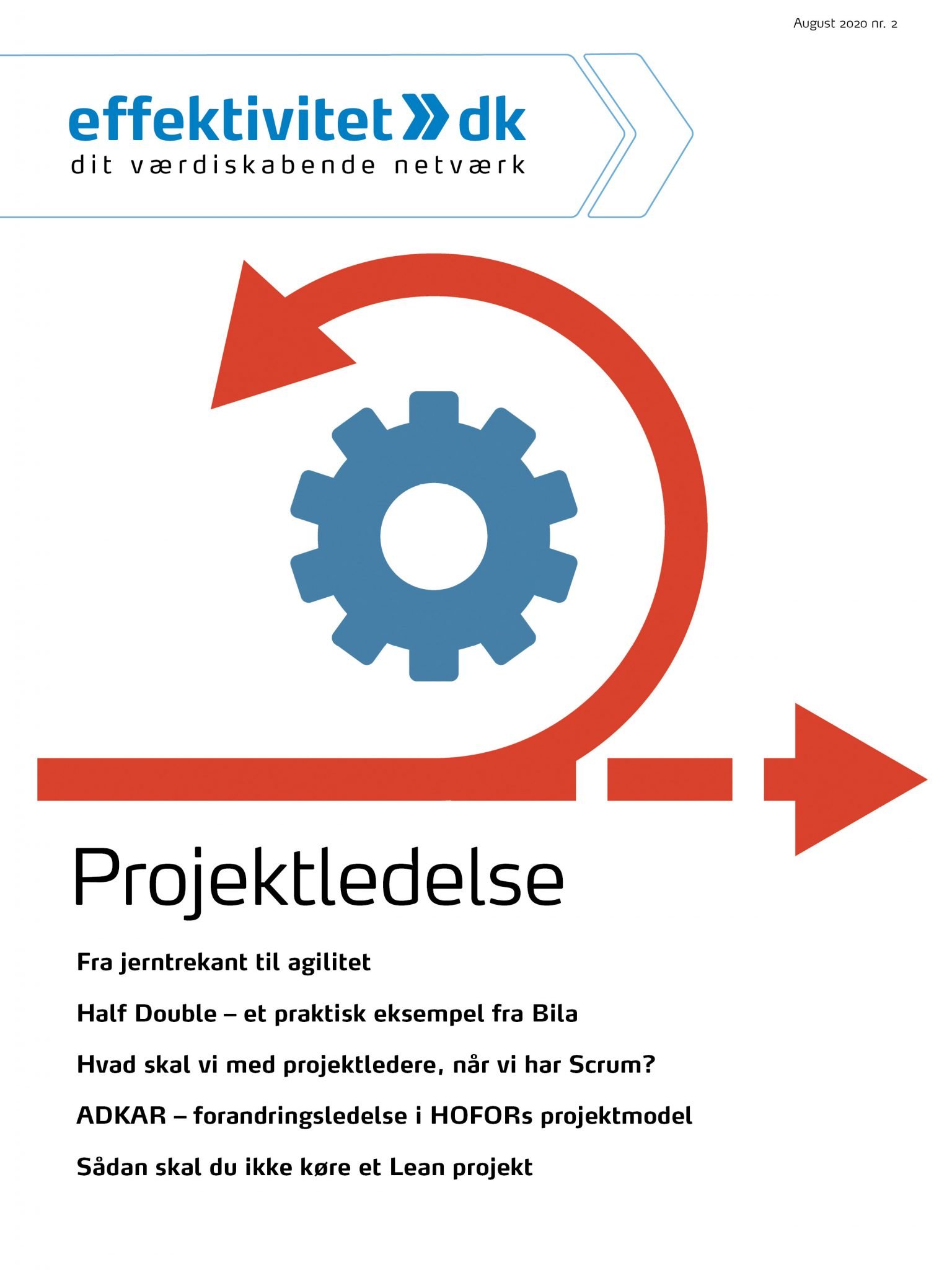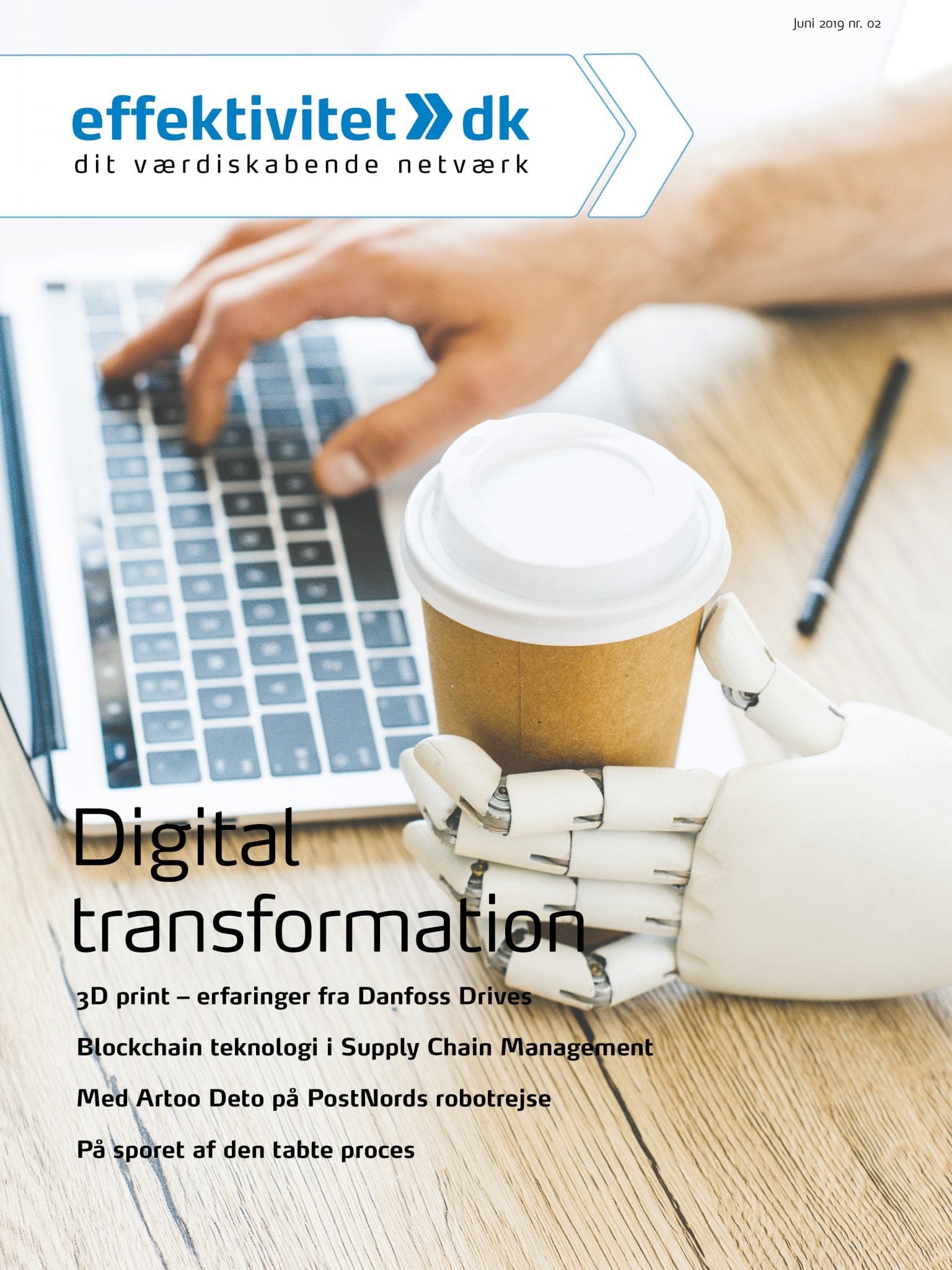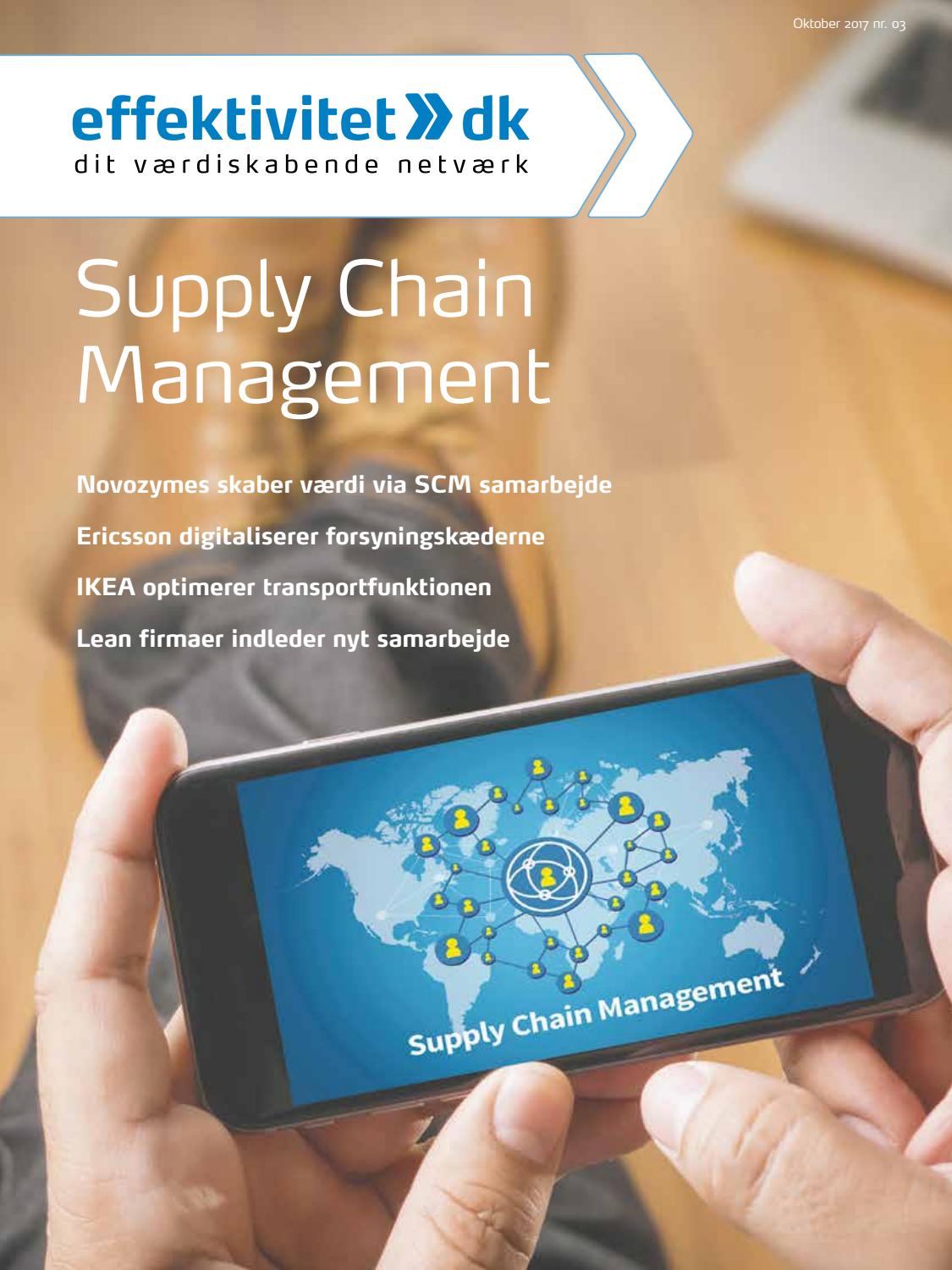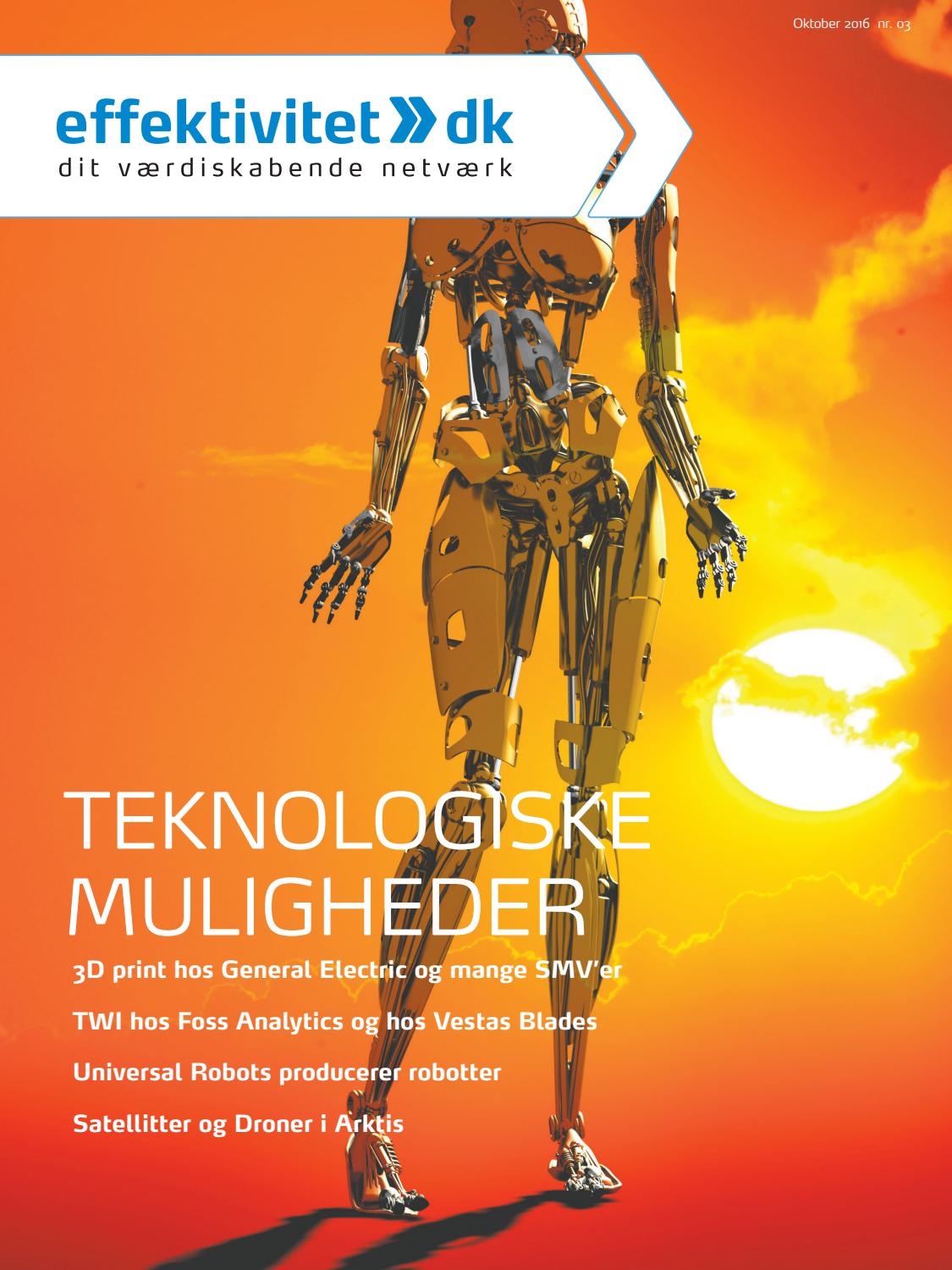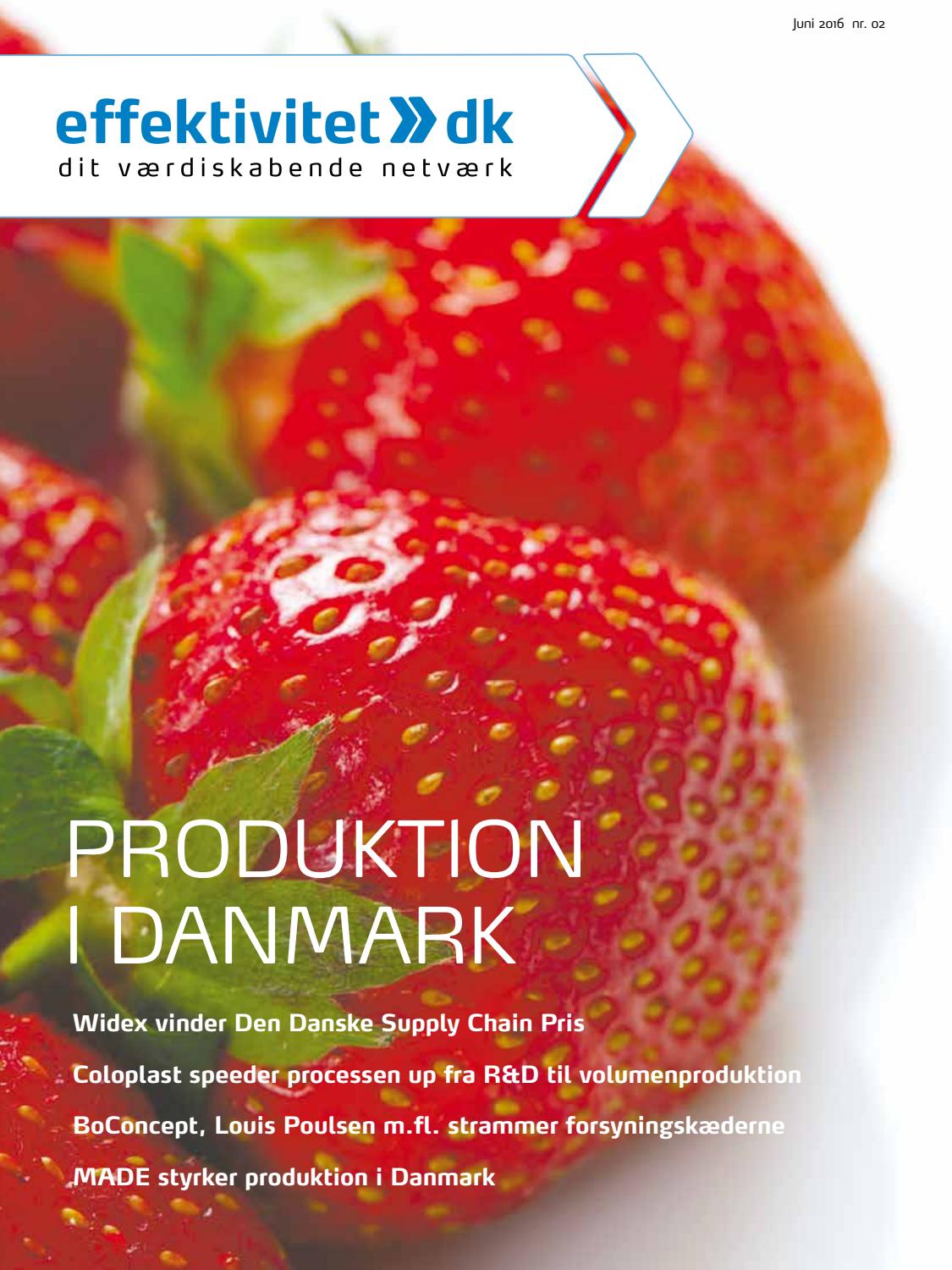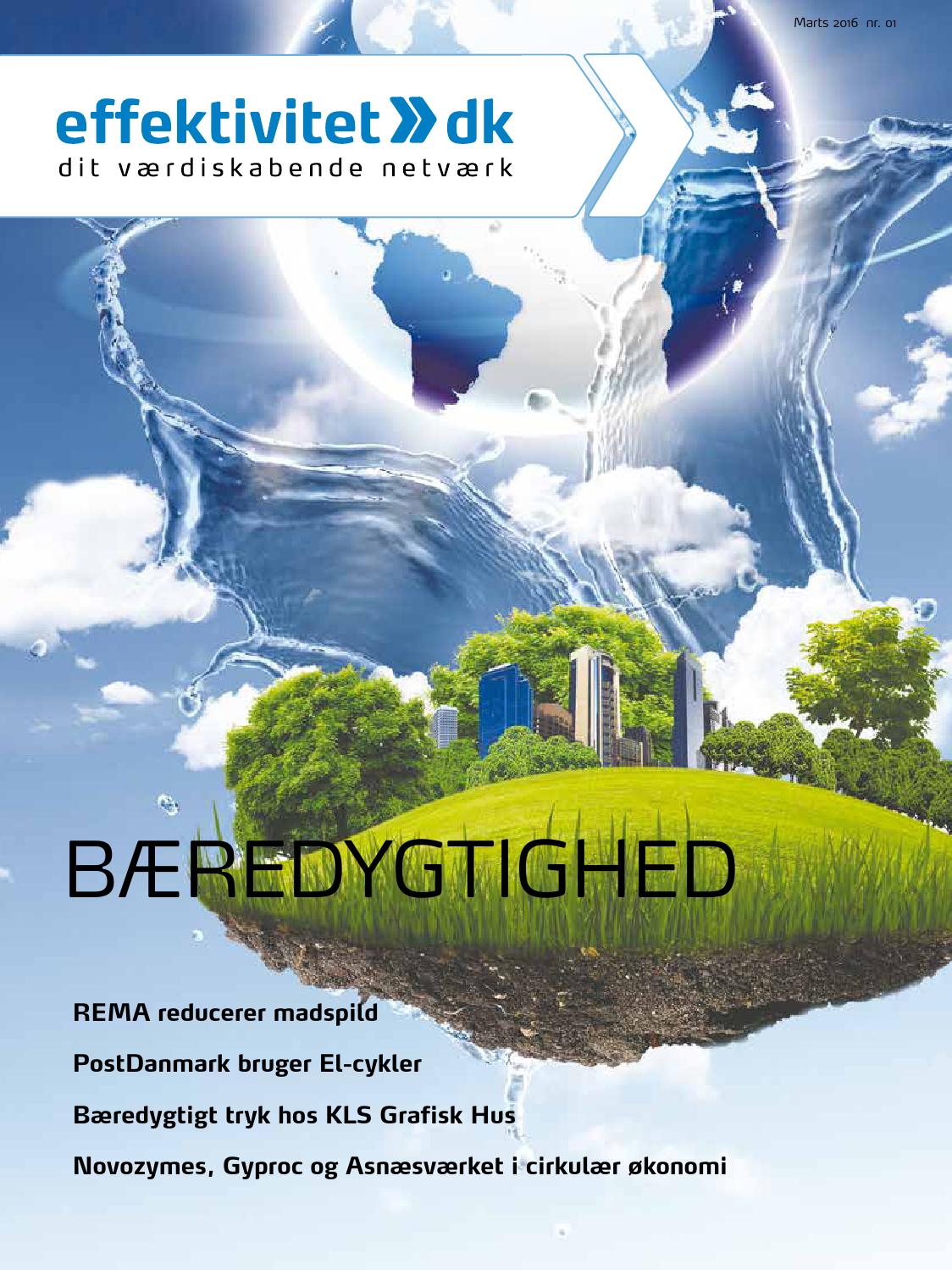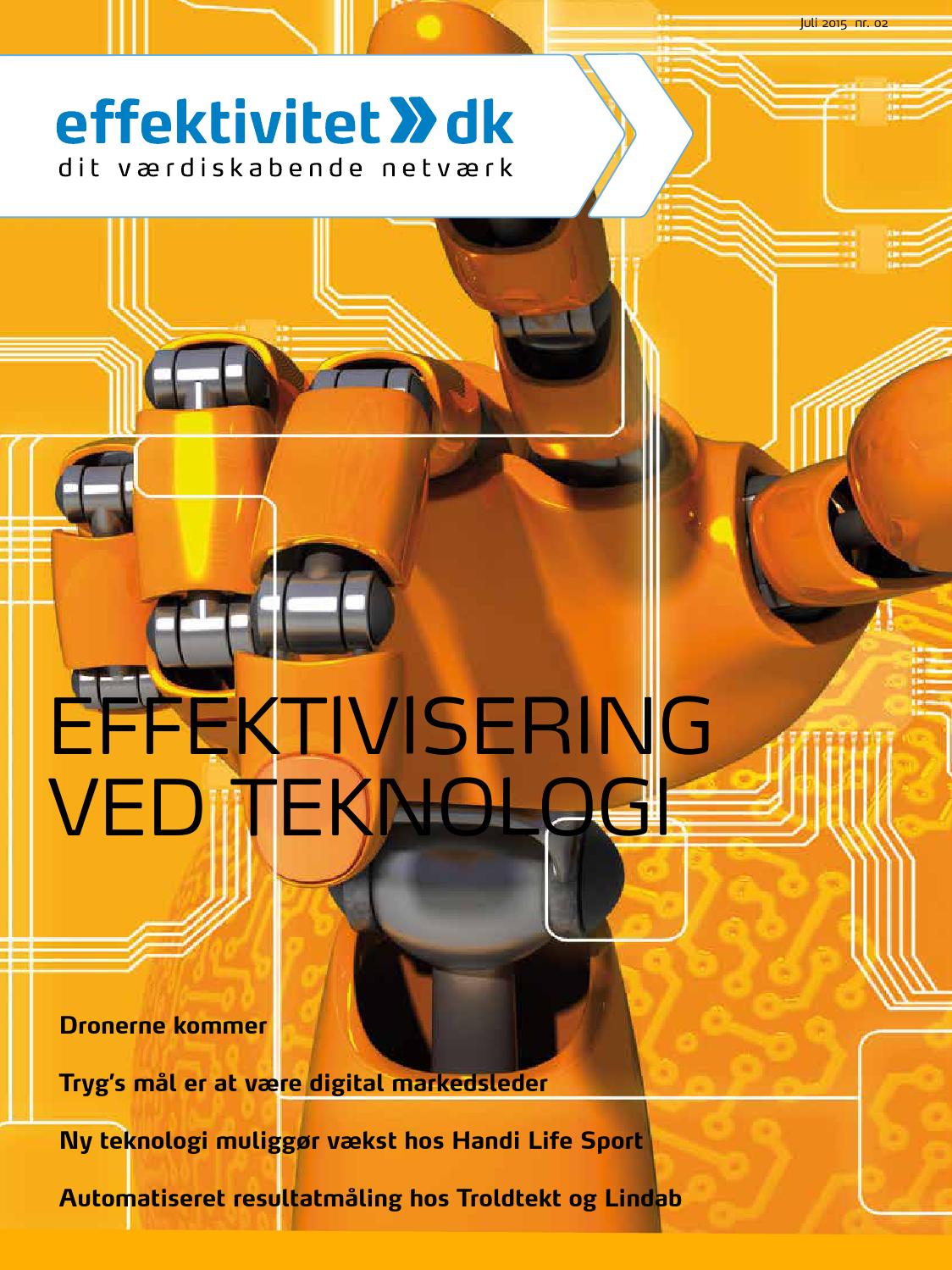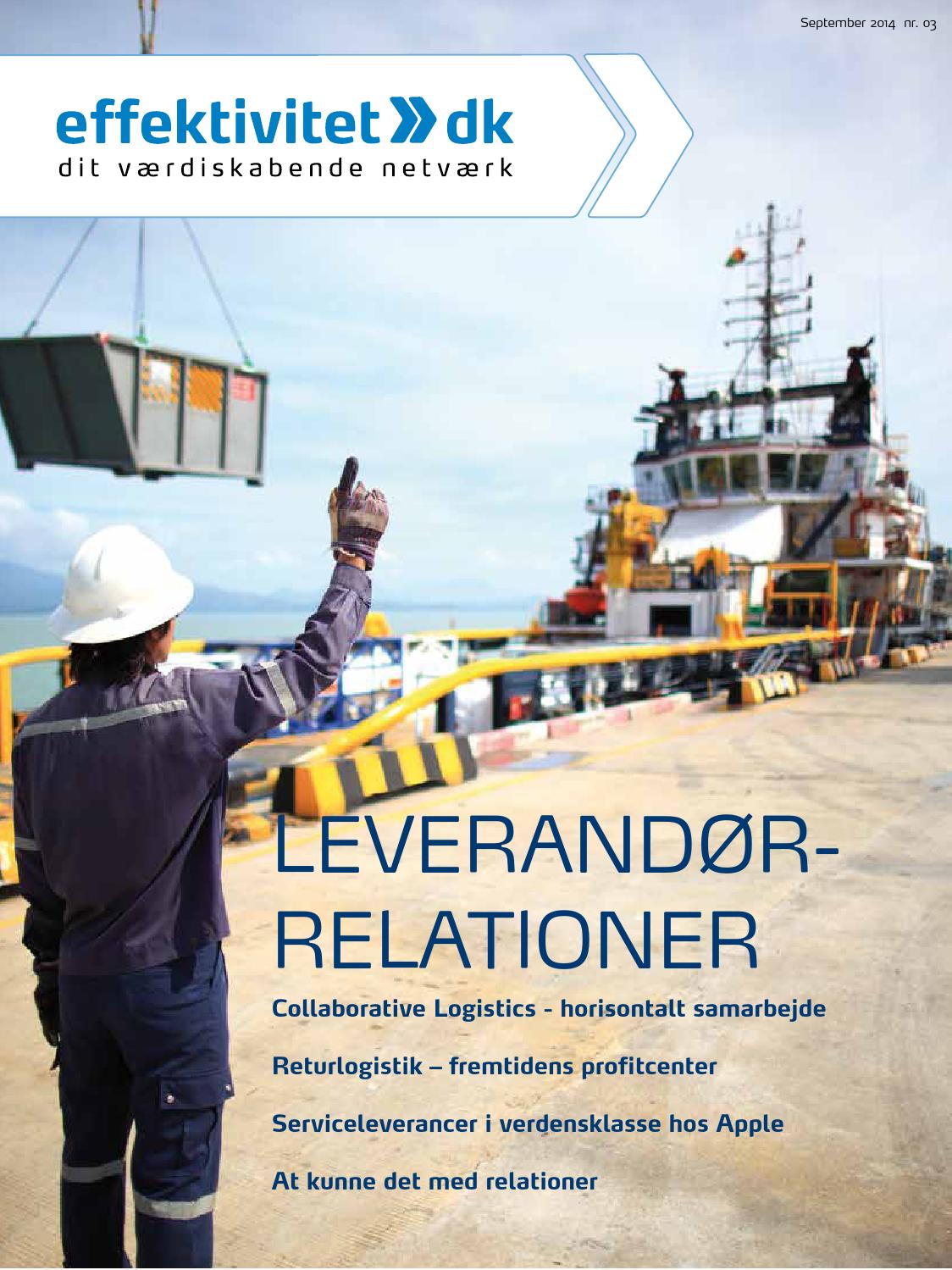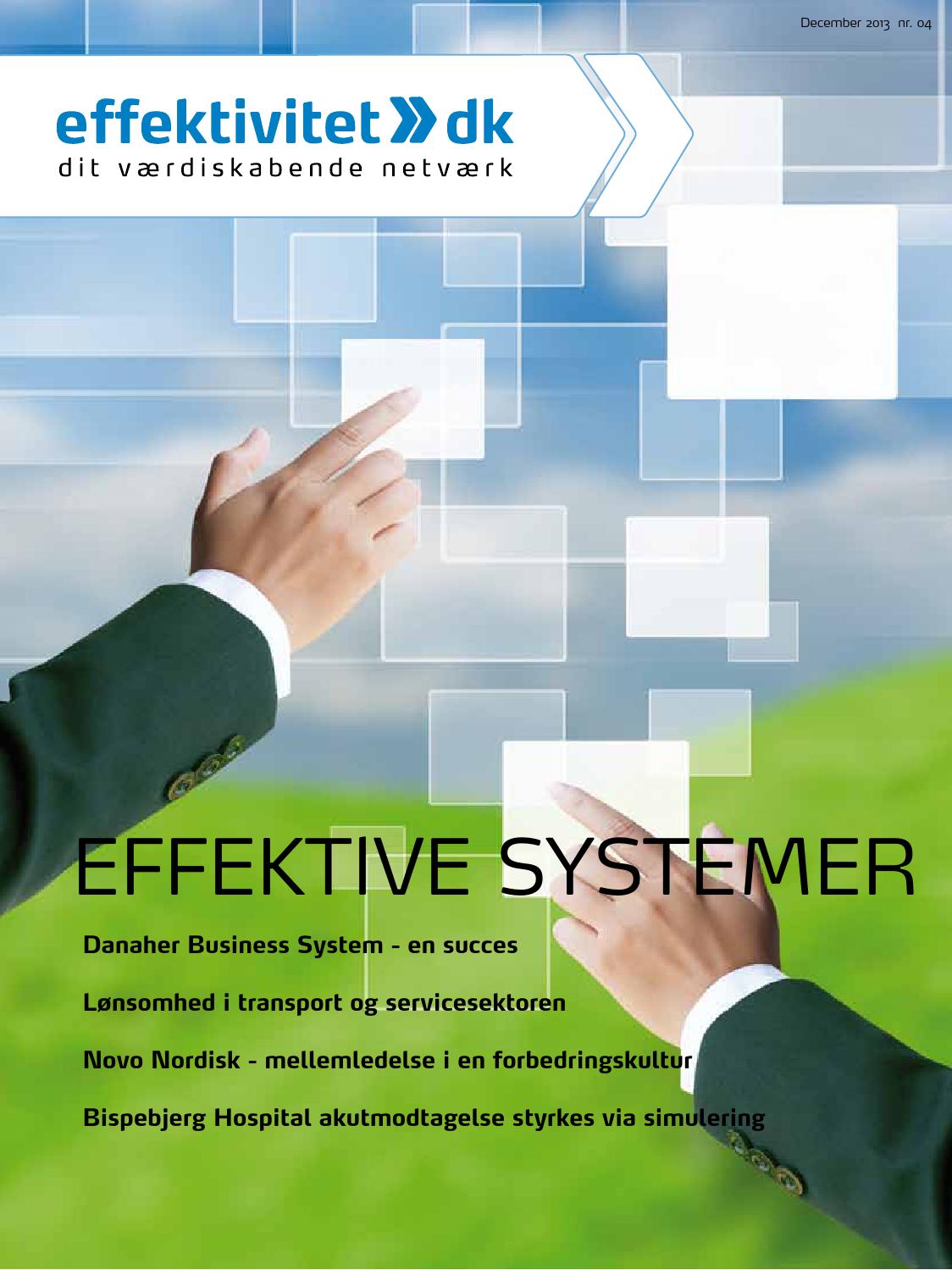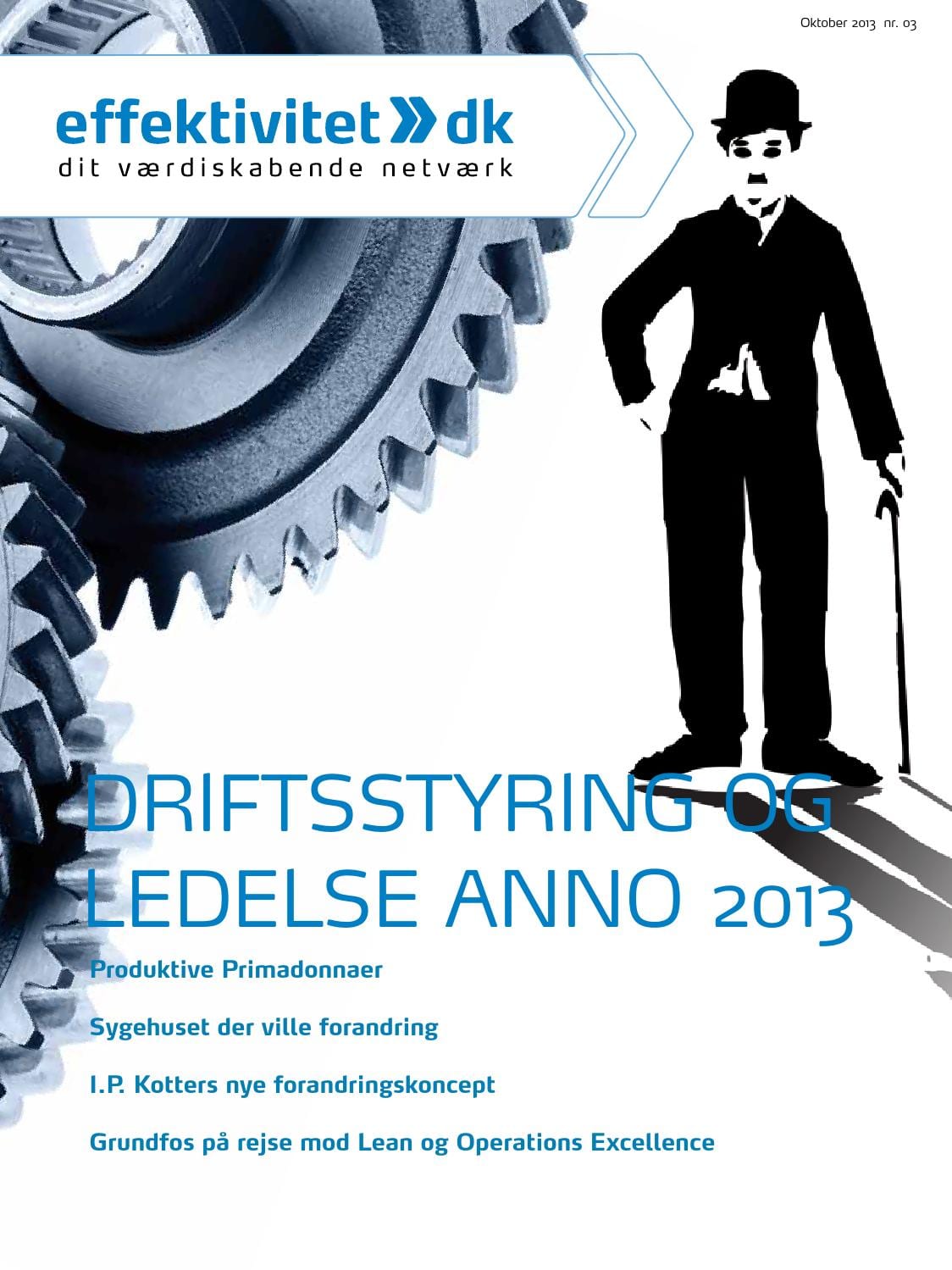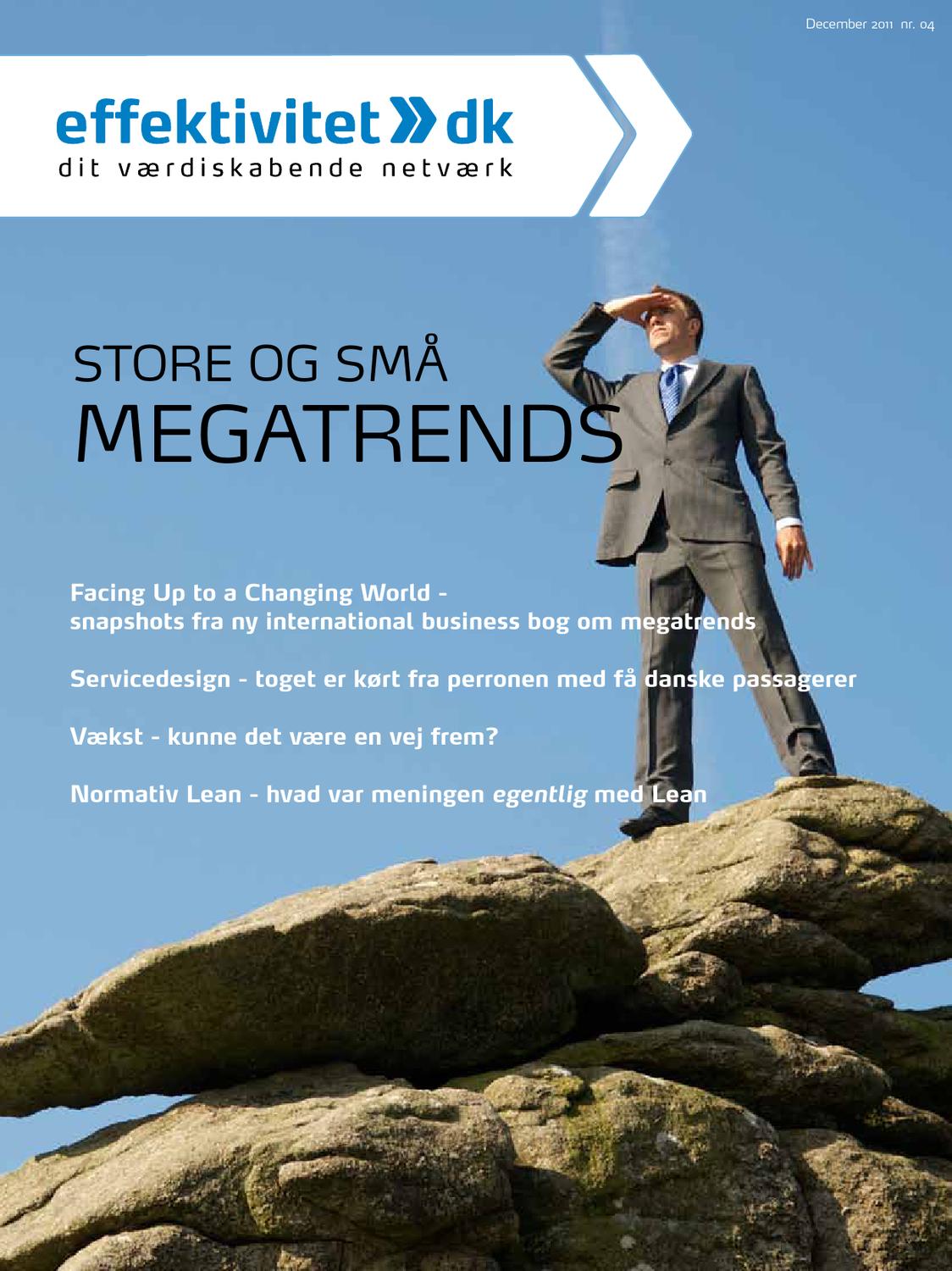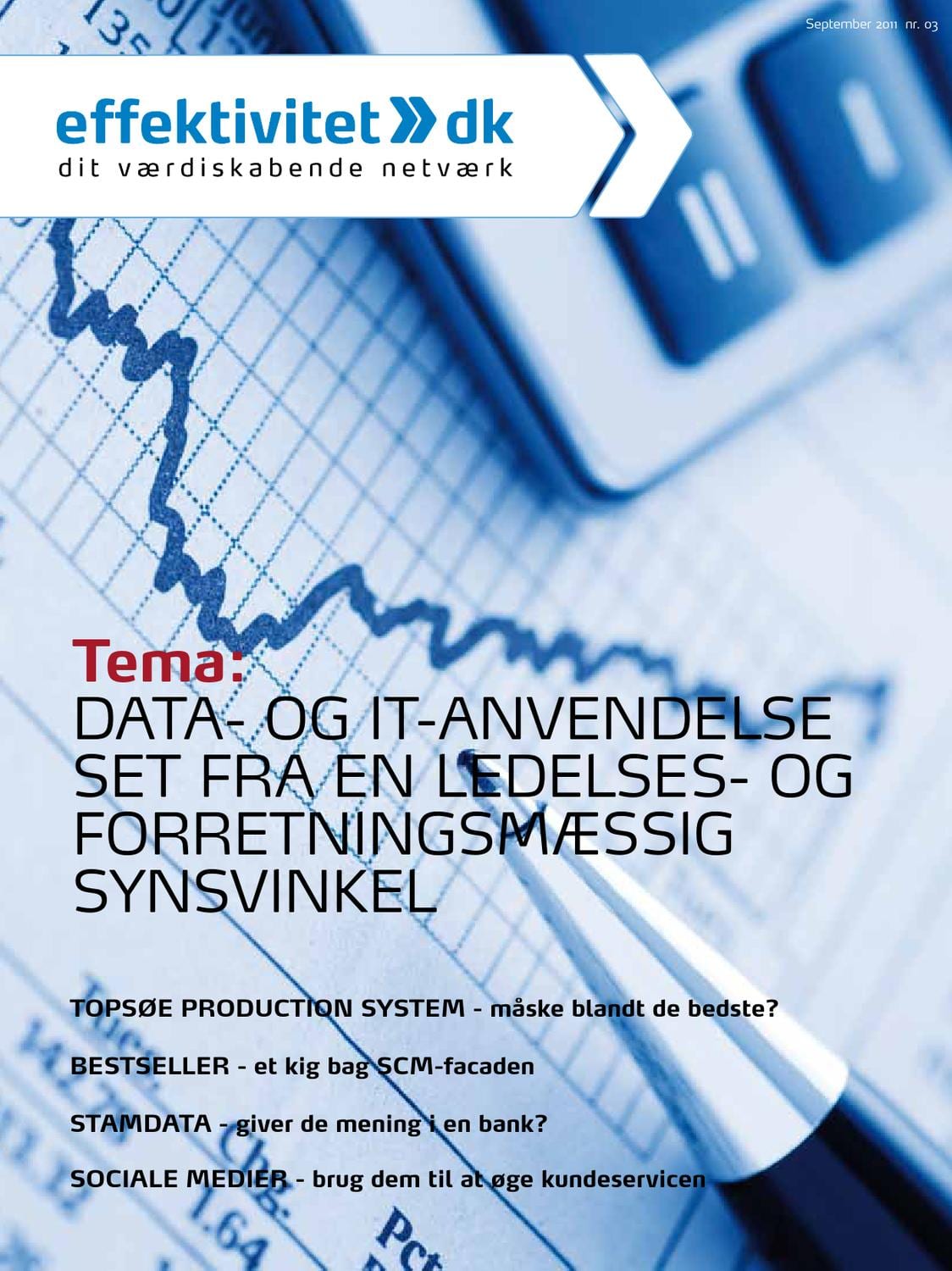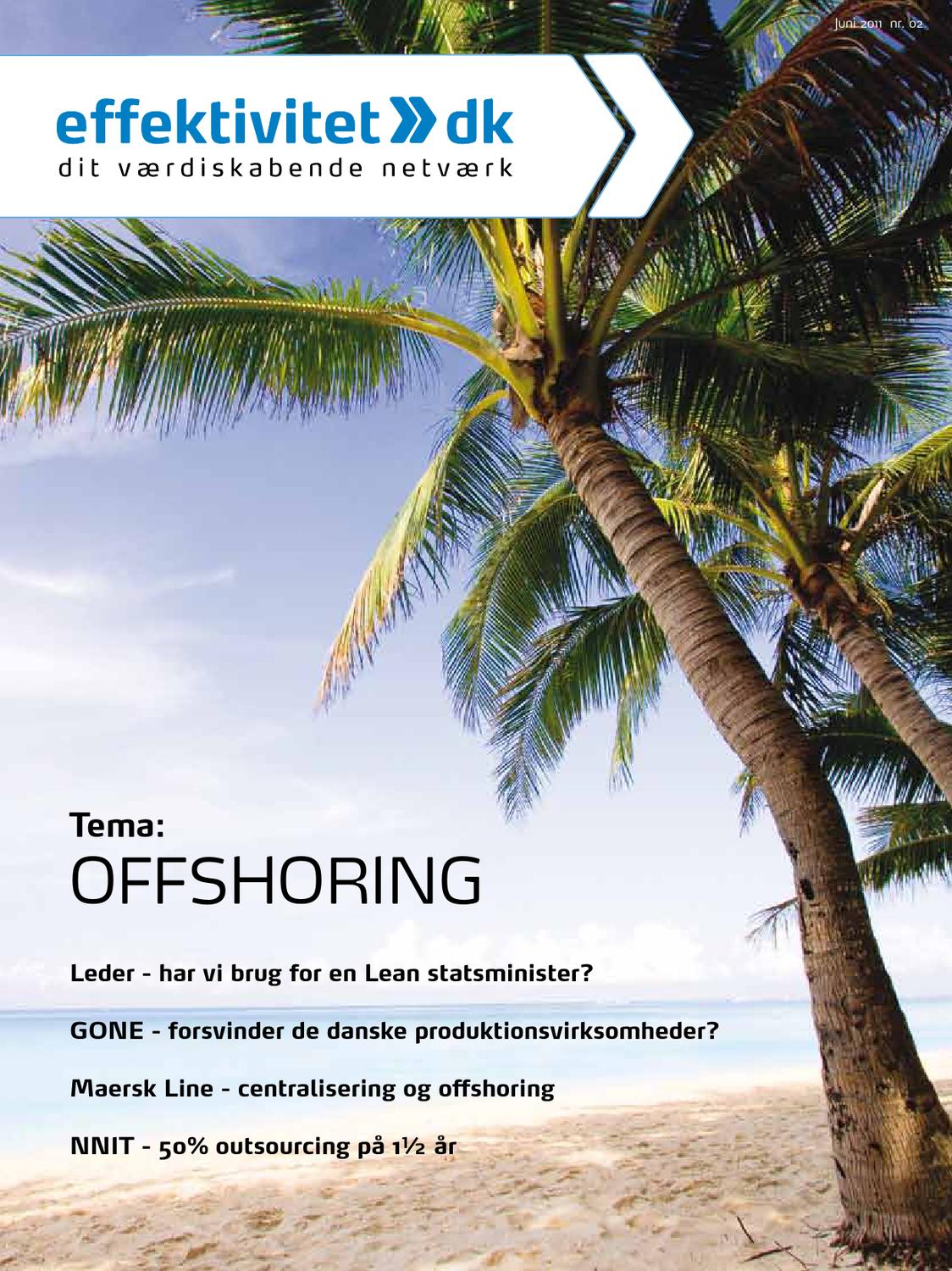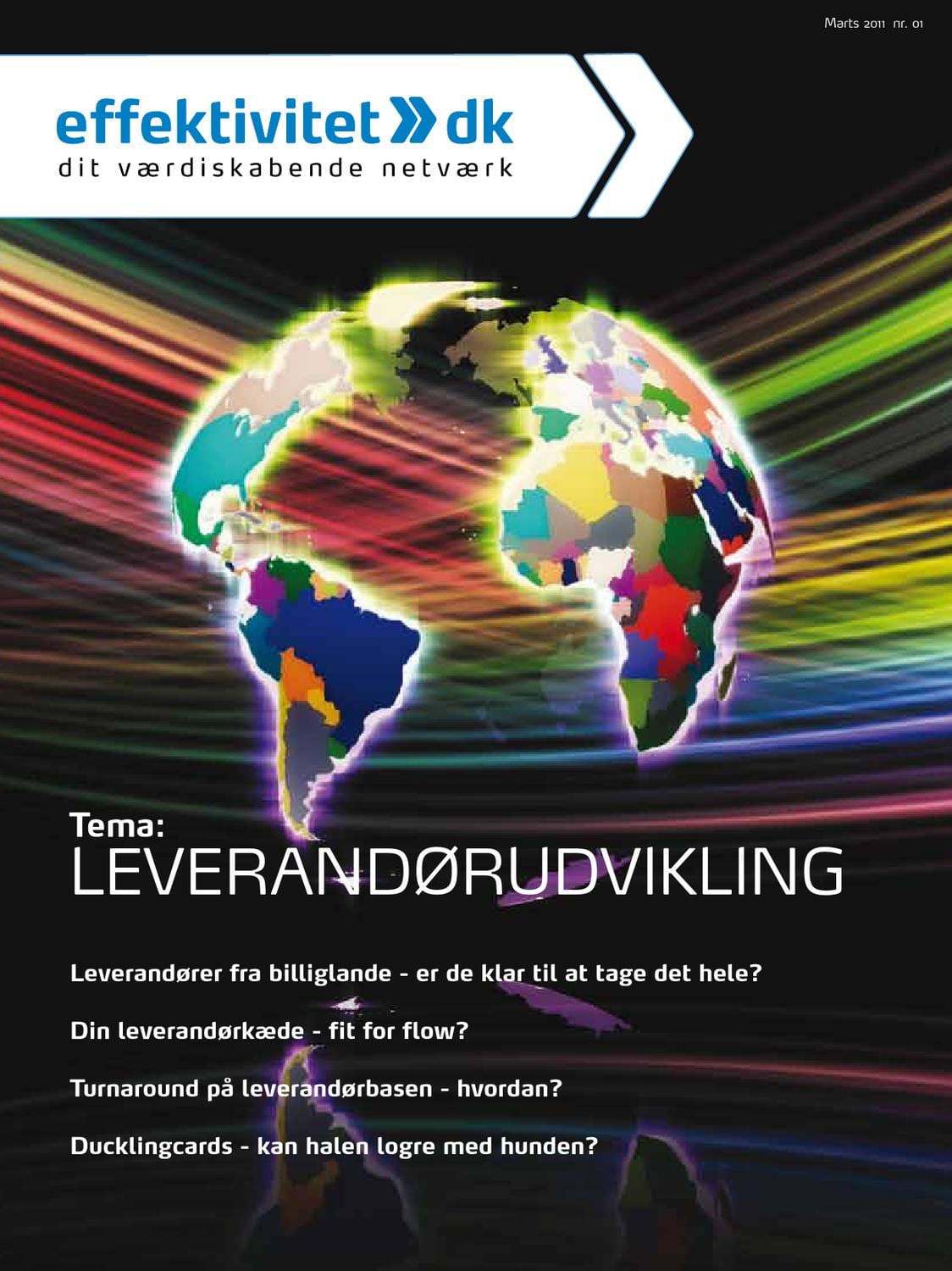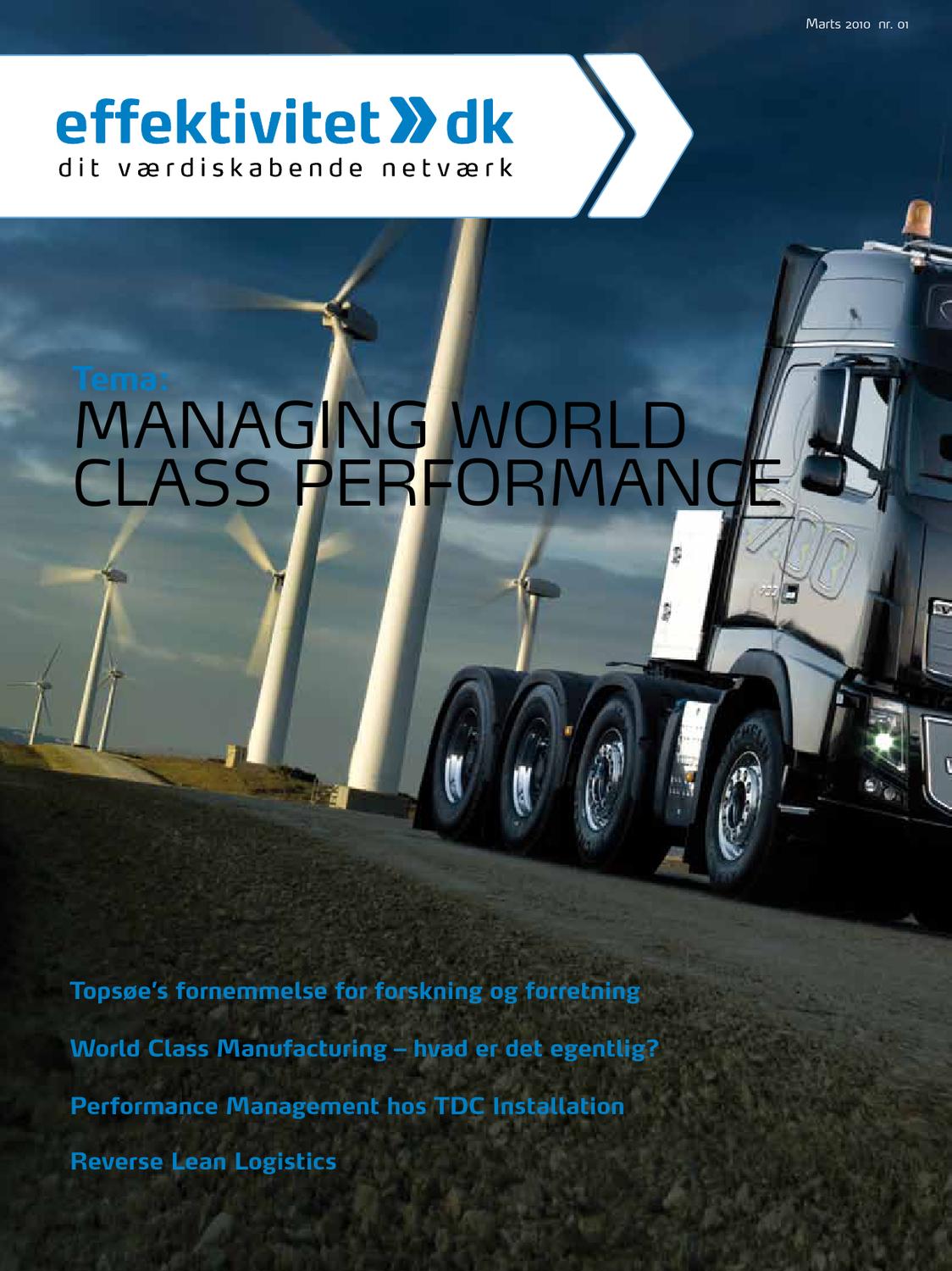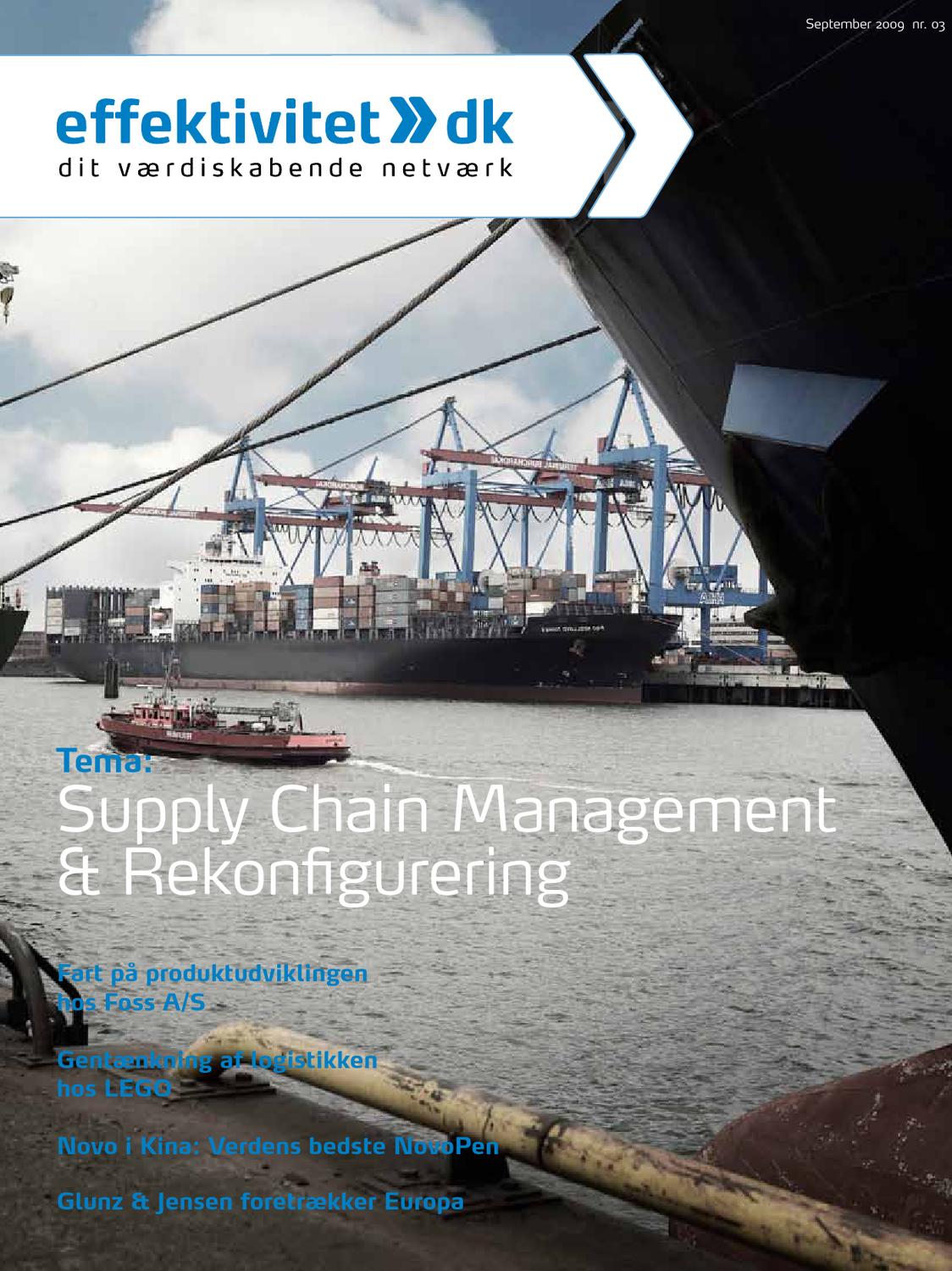Sheffi’s strategy is to attract companies’ attention and enable them to look in the mirror and/or examples to draw inspiration for when to embrace sustainability. The book details multiple sustainability initiatives of interest to company managers, educators, entrepreneurs and decision makers more generally. It recognizes there are complexities and tensions companies face in having to choose sustainability between competitive objectives. It reiterates with every example the important message that business sustainability is a relentless quest about embracing the entire Supply’s Chain of a product. The book provides a much-needed reference and a must-read- for companies searching for inspiration about business sustainability practices.
Balancing Green by Yossi Sheffi and colleagues at MIT examines the role of sustainability in business, focusing in efforts and sustainability initiatives taken by medium and large enterprises. The book answers the question when should business embrace sustainability – and when not? A business rational stance sets the tone of the book from start. Companies need to make choices in the context of their own objectives, the authors argue, these objectives relate to profit, product, and service quality, risk management and others. To Sheffi and his colleague taking initiatives for sustainability does not require companies to hold an ethical posture. Similarly, they take an agnostic view on the science of climate change, suggesting that businesses need not to embrace the ‘environmentalist’s argumentation about climate before taking decisions to reduce their carbon footprint. Moreover, they declare that examples discussed in the book do not specifically address social impacts of Supply Chains or what companies do under social responsibilities initiatives. Taken together, these exclusions make clear that Sheffi’s practical approach to sustainability is detached from areas of action that are integral to the notion of sustainability. There is also no reflection in the book on the efforts by the international community that involve governments, business and civil society actors working in partnerships toward global sustainable development goals in the Agenda 2030. All the mentioned areas are critical within sustainability. The authors may have taken the decision to exclude them as a strategic choice in order to pitch the book to a particular audience of corporate managers. However, it also makes clear that what the authors mean when advocating sustainability is the advancement of initiatives targeting a handful of environmental effects. Most of the examples in the book account for reductions of greenhouse gases, energy use, water, toxins, waste and recycling over the entire life cycle assessment. However, with its multiple examples the book offer a valuable contribution. Sustainability is assessed as internal to the company and, externally advancing it with other actors in partnerships. Most of all, the book expands the debate to an understanding of sustainability in layers.
The layers of Sustainability
A useful conceptualization of a company’s sustainability is that it comes in many layers. The notion helps emphasize how to think sustainability through and across the company’s entire supply chain. Considering sustainability in layers makes it easier for a company to see why their carbon footprint, water footprint and toxic emissions are a small fraction of the total impact of making a product. Sheffi’s argument here is that environmental risk is “lurking” outside the company’s sphere upstream and downstream layers. Companies have the task of understanding what footprints relate to their immediate direct and, indirect suppliers or layers of suppliers, found in manufacturing, procurement, distribution, transportation, design, marketing and upper management. We learn through examples that it is not just the company’s own behavior but, that of the company’s suppliers where to act if a company wishes to work deeper on its product’s sustainability. When suppliers are producing the environmental problem the question to the company changes then to how to identify the sustainability weak links within the Supply Chain. The understanding of sustainability in layers shows clearly the complexity of the life cycle analyses and why such tools of systemic accounting are essential.
Tools abound use them well, but do not overpromise or risk greenwashing
Demonstrating cost-effectiveness of sustainability initiatives is a first necessary step for a company trying to implement sustainability. However, the book demonstrates with examples a wide array of environmental accounting tools showing how they are necessary to keep track of effects of initiatives. The argument supports the line of what “can be measured can be changed”. Taken a quote from the book: “Our theory of change is that measurement, transparency and accountability can drive positive change in the world of business and investment” (on Carbon disclosure project, p. 122).
What can a company do to engage the deep tier suppliers working to extract and process natural resources in sustainability? What should the company do after finding out that the supplier footprints are bigger than those of the focal company? The examples demonstrate the tools and strategies that companies are experimenting with (p.120) such as: Requiring a code of conduct from suppliers, performing audits and offering advice and capacitation, rewarding achievement and other collaborative approaches (e.g. see IWay-IKEA, p.126).
Through the many example in the book notably the identification of the source location (e.g. inside, upstream, transportation, downstream, product design etc.), and the quantification of the magnitude of the challenge constitute a primary task for the company. The task of setting company targets for improvement can guide action, but setting too strict targets and not meeting them can risk claims of greenwashing by informed environmental organizations following the companies’ performance. When measuring throughout the chain, companies can identify the bigger footprints and the weak sustainability link location. If bigger impacts are produced in the outer layers of the company chain the question for the company is why not start engaging in there?
Is there really a case for when not to embrace sustainability?
The book offers a counterintuitive argument. On one hand, it demonstrates through multiple examples that companies have many possibilities to advance sustainability initiatives. It tells companies they need to focus from the inside core of a company to the outside layers of suppliers and, that there is plenty companies can do for sustainability. On the other, it argues that companies can find valid cost-benefit reasons not to engage in sustainability. The authors tell companies they can be better off by taking initiatives specially, the low-hanging fruits for sustainability gains. Beyond the affordable low-hanging fruits options, further sustainability action will be more expensive. Companies need careful consideration to assess if the cost, risk and possibilities for growth to the company are severely constrained. The book acknowledges there is a tension between economic growth and environmental sustainability. However, the tension does not apply equally to companies and businesses as for developing countries as the book seems to imply (p.296). When a company is producing deleterious environmental impacts, its responsibility needs to be weighed before concluding for a company self-preservation as a necessary objective (p.294). But whose responsibility is it?
The argument of People vs People? Not People vs Planet
The multiple cases reviewed by Sheffi and colleagues give sense that businesses are already doing lots to improve sustainability. With so many initiatives in motion, why are the news of sustainability trends not going in a good direction? The authors explain that it is not a problem of ‘people vs planet’ but of ‘people vs people’ (p.383). Some people care for jobs, some for the environment, others only about maintaining their consumption. The argument resonates in some examples. Likely, people will not easily agree about what the cause of the sustainability problem is or, about the solution.
The authors argue it is people vs people and they tell companies that they see only a challenge in the increasing capacities that organized civil society actors, activists and public authorities have for influencing decisions by costumers, legislators, employees and investors on environmental impacts topics. To Sheffi, avoiding a potential claim should create a motivation for corporations to advance environmental initiatives. Sheffi emphasizes an “us vs them” frequent dilemma for corporations. This sentiment is not present in the book until later (p.185) when the discussion turns to acknowledge the significant value of partnerships in the example of the Clean Air Act, the Port Authority and the environmental organization NRDC in the USA (p. 185). Partnerships and collaboration is an aspect of sustainability that due to the people vs people argument, receives light consideration in the book. However, partnerships may be perhaps one of the best tools for collective action available as Sheffi shows in the example of collaboration with Port Authority over Clean Air in Los Angeles with the NGO and NRDC (p.185).
The ‘people vs people’ argument lead the authors to hit a low point in their discussion about the significance of climate change (p. 379). The topic presentation is weak following their agnostic approach. But it is a disfavor to serious scientific debate to frame the debate as two camps of equal scientific value on one side with the research advanced by IPCC, on the other the opinion of a minority of scientific climate dissenters, offering no comparable reference to support the statement of the minority dissenters, see a link to Wikipedia (p.379). References from many other scientific communities, beside IPCC are available supporting the case for human induced climate change. A recent study from 13 federal agencies in the United States concluded that the American economy could lose 10 percent of G.D.P. by 2100 from climate impacts (https://www.globalchange.gov/ ). Similarly, the latest report by IPCC 1.5 Special report (https://www.ipcc.ch/sr15/ ) demonstrates why an increase of half a degree warming is a big deal for earth ecosystems with evidences already being observed in the form of droughts, floods, fires, hurricanes, bees disappearing and ecosystem services failing to recover. Regardless of the poor climate discussion, the book demonstrates multiple examples of companies taking initiatives to reduce their carbon footprint. There is simply no match between the full book providing case after case how to account, reduce or limit carbon emissions through the Supply Chain. With the book reviewing so much evidence for saving water, energy, reusing other resources, the net effect is full in support of forms of engagement with sustainability at its core. Dismissing the relevance of climate does not match as the best strategy before engaging companies in taking action to limit it.
Supply Chain moving forward
One of the best sections in the book is about logistics and freight transportation. The section offers sound and round information of sustainability initiatives and their effects in instructive detail. Freight transportation is ripe for carbon reductions, the authors claim (p.150) and, there is a lot that supply managers can do to reduce carbon. This means taking responsibility and acting for climate in the freight transportation part of the chain is possible. We learn in detail about how much can be done in terms of improving efficiency. The book open our minds to think beyond the truck, to the Supply Chain to the roads, to digitalization to slowing speed. So much can already be implemented and every company plays a part. They document how reducing speed can contribute in the case of maritime and even for trucks. When for companies, modal shift from trucks to rail represents a delay, the question is can that be accomplished without services been affected. Can companies actually do it? Faster modes consume greater amounts of fuel. Companies pursuing initiatives on their transportation component find that it gives confidence ingenuity and interest to pursue bolder innovations. The example of Walmart (p.170) and other giants acting together showed that it is important that they continue to work collectively on future innovation challenges – looking boldly at fleet efficiency in new and different ways.
Sustainability as a relentless quest
One of my favorite quotes in the book, I am paraphrasing here as “Truth (Sustainability) is rarely pure and never simple” (p.274), another quote refers to sustainability as a relentless quest (p.311). Quotes like these are coming not from Sheffi himself but from the many corporate managers he and colleagues from MIT interviewed. The multiple examples and presentations from leaders in companies like Patagonia, Nature, Unilever and small succeeding ones makes a positive and strong case for ways of embracing sustainability. Downplaying climate in the book creates a dissonance, because most of the examples provided and the leadership shown are oriented to push action to limit carbon footprint. Why are companies doing this, what will be the reason? The authors argue it is because it saves cost to reduce energy use, costumers and the young millennials like it, and because it is a case of hedging. The book shows how a multitude of opportunities exists for improving resource efficiency. Sustainability initiatives will take companies not just to circularity because it has limits but beyond. Future gains exist in the design and engineering with environment in mind. Willing or not, the authors make a strong case for companies to embrace sustainability beyond self-interest, for society and the planet.
Author: Maria Figueroa
Maria Figueroa is Assistant Professor in Business & Environmental innovation at the Department of Management Society and Communication at Copenhagen Business School. Her research intersects scholarship from urban sustainability science, comparative politics of climate mitigation and partnerships for sustainability innovation. She was a Lead Author in the Fifth Assessment Report of the Intergovernmental Panel of Climate Change (2014). She coordinates the Copenhagen Sustainability Initiative –COSI -a multi-disciplinary initiative between three Danish Universities advancing teaching and research on sustainability and climate solutions.





